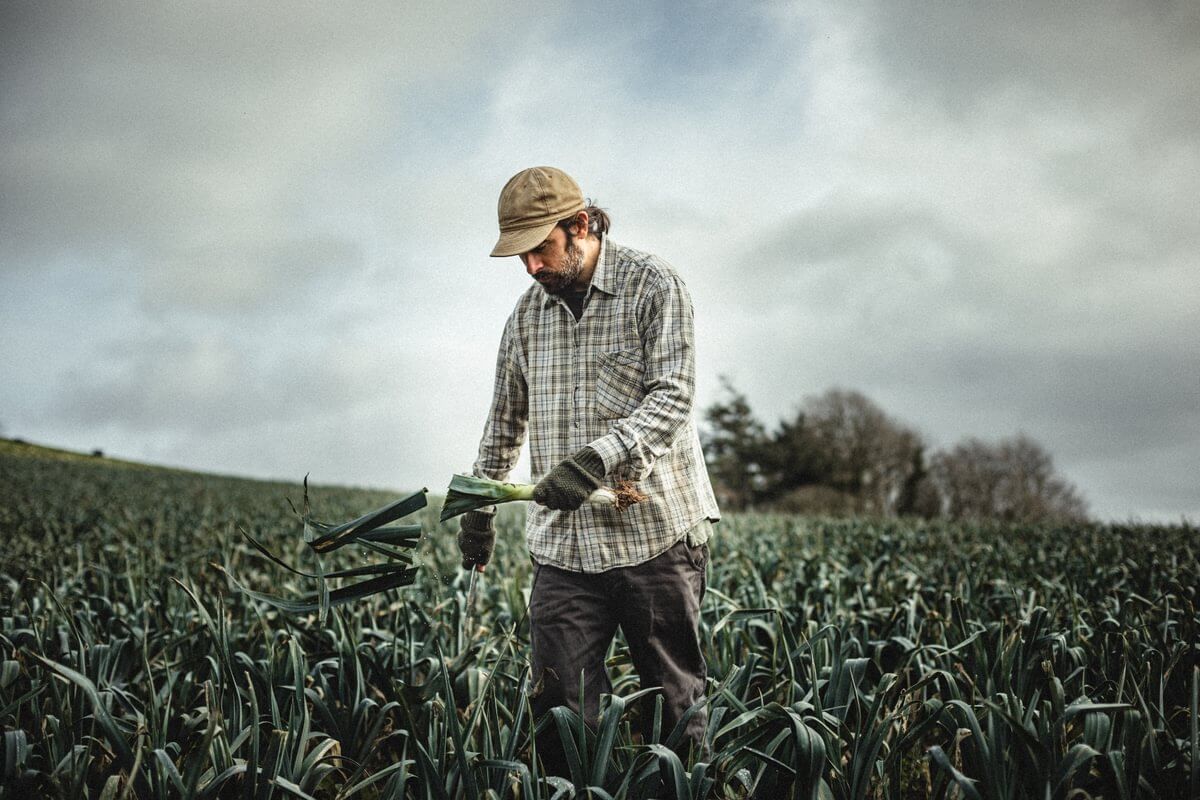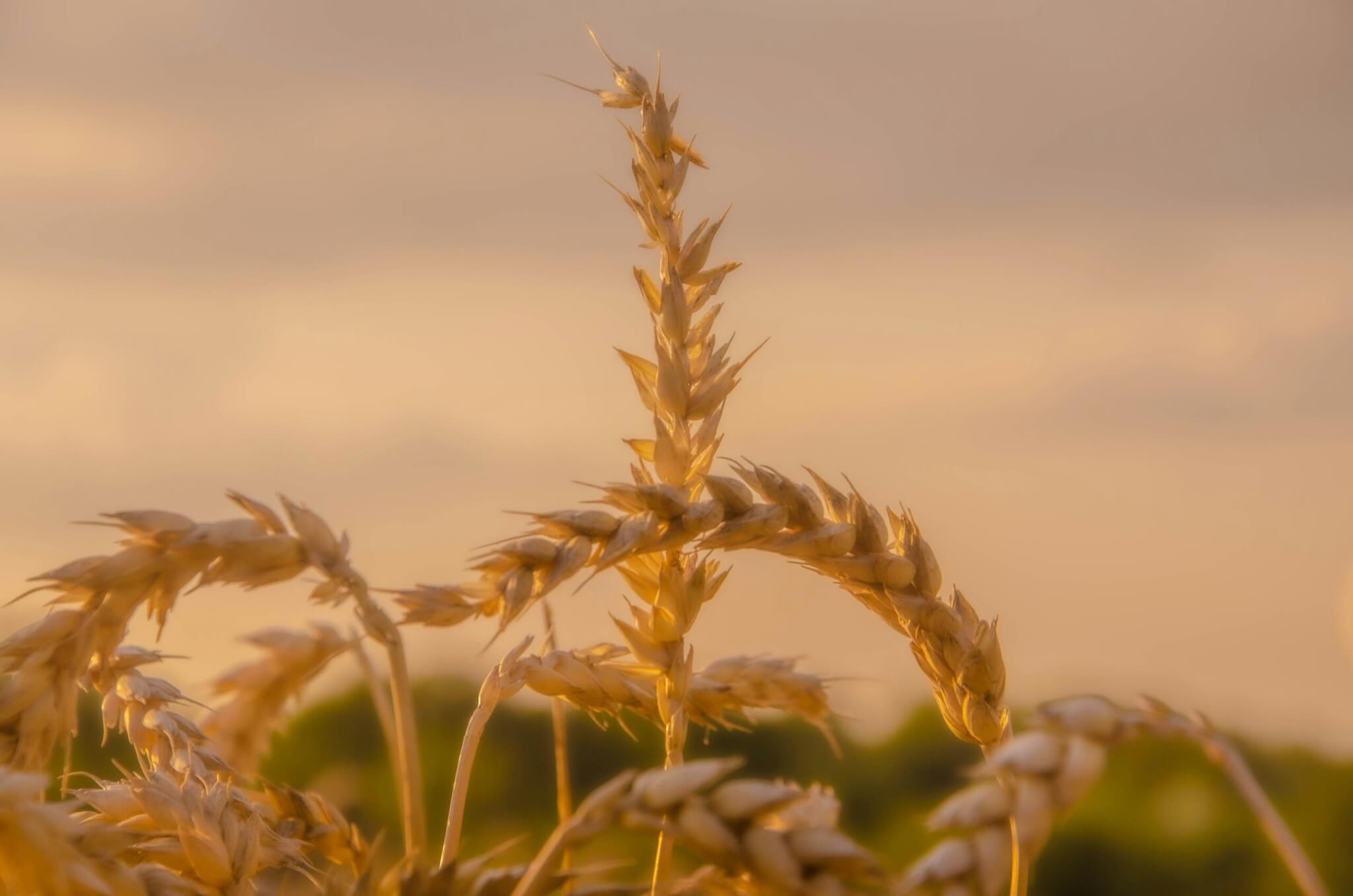It quickly became clear on reading the programme of Feeding the Future, a conference put on last week by The Economist magazine, that this was a conference with big ambitions.
Positioned at the start of the day was the question: how to feed a growing population when hunger and malnutrition are already such huge issues? The world’s population is already at 7.5 billion and is set to rise to 9 billion: twinned with the double issues of obesity and starvation, with a backdrop of climate change, and the conference had more than enough to tackle.
The audience was a mix of academics, multinational food businesses, start-ups, venture capitalists, government research bodies, commodity and business analysts and food tech firms.
By far the best speaker was Sonia Lo of American vertical farm company Crop One, who said the system uses around a seventh of the labour of an average farm. It’s also extremely land efficient: on half an acre’s worth of space at a Crop One farm in Boston, they can produce as much as 400 outside acres.
The system uses 1/3,000th of the water required for a normal farm, she added, while proximity to urban environments has the potential to cut food miles and carbon footprints linked to waste and transport exponentially.
By far the biggest cost (up to 70 per cent) is energy, and Lo said that, at the moment, the price per kw of energy compared to price per unit of produce, means that only leafy salad and strawberries make commercial sense.
Another surprisingly resonant speaker was Anuj Maheshwari from investment fund Temasek, “an early and big investor” in plant-based pioneers, Impossible Foods.
He wondered why farming subsidies cannot be tied to carbon emissions as a simple mechanisation to help reach net zero, with the simplicity of someone whose limitless funding means he is accustomed to seeing a problem and using the sheer power of big money to fix it.
Painting a picture of futuristic technology start-ups, he talked about the firm that has developed a molecule to fix nitrogen from the air into a corn field, thereby avoiding the need for supplementary nitrogen fertilisers, and a development in Singapore with a nine-storey aquaculture farm.
He says his fund is now “thinking about how we can help sequester carbon in the soil”. An unemotional problem solver, but a problem solver none the less.
The most chilling talk was by the chief executive of global ‘animal health’ company and event sponsor, Elanco, Jeffrey Simmons, whose mention of creating probiotics for Asian chickens, and his upcoming merger with agrochemical giant Bayer as evidence of the power of partnerships, gave us some feel for the meaning of scale in the global meat industry.
Should we not be trying to eat less meat, one questioner ventured, in as close as it got to any real environmental querying. Simmons cleared his throat before moving into a spiel about cognitive and nutritional benefits of animal protein.
“Plant-based protein is a processed food with some environmental impact,” he said, which may be true, but takes no account of nutrient-dense pulses and grains and other whole foods – something that would have been interesting, and helpful, to bring into the debate at that point.
“[Animal protein] is the fastest growing food segment. Taste, cost and nutrition always win. We can sit here in our bubble in London, or what I’m trying to do, as an animal health company, is deal with the reality,” he ended.
Which to be fair did ring with some truth – any kind of bubble is a dangerous one, and one thing about this conference was a truly international perspective.
Alongside the US, there were multiple mentions of Africa, Korea, Singapore and India. It’s only a shame they were mentioned as marketplaces, rather than nuanced national and regional food economies, in their own right.
Several speakers referred to the last ‘green revolution’, or agricultural revolution as it’s also known, as evidence of the last time the world had to intensify to meet a rising demand. They were all careful to stress we can ‘do it differently and better’ this time, but it all felt a bit like globalisation come back to have a second go.
When the first time is still in the process of failing, and with added climate volatility and fuel prices making global trade seem exponentially risky, not to mention environmentally unpalatable, it wasn’t a dish I found particularly convincing.
There was no mention of ‘local’ all day, organic farming was dismissed as ‘romantic’, and the role of communities, or alternative ownership, didn’t get a look in.
Instead, intensification was offered as one of the key solutions to feeding the world’s growing population, even despite a session on food waste as evidence of the problems of this same intensification.
“Public attitudes towards intensification are terrible. We need more intensification if we’re going to feed those extra two billion people. Will there be a public backlash to those who will be funding it?” asked event chair and Economist business editor, Jan Piotrowski, setting out the real problem faced by the conference’s speakers and attendees.
Precision farming, plant science and new technologies may well provide a welcome future of intensive farming without the intensive side effects, but if it’s a continuation of a world run by corporations and private interests rather than for the benefit of local communities, people and the planet, then absolutely nothing will have changed.















This excellent report highlighting the limitations of the corporate response to world food supply chimed in with an article I’ve just read in Scientific American October 2019 which Wicked Leeks might like to feature in as future edition. Its by Debal Deb, founder of the Basudha rice conservation farm and Vrihi seed distribution centre. He discovered the original wealth of native rice varieties in South Asia, selectively bred over centuries to creat a “treasure trove of landraces that were perfectly adapted to diverse soils topographies and microclimates and suited to specific cultural, nutritional or medicinal needs”. then the Green Revolution came along and you can imagine what happened to all those local varieties. Now he has set up his conservation farm to conserve the varieties that still exist and encourage farmers to use them